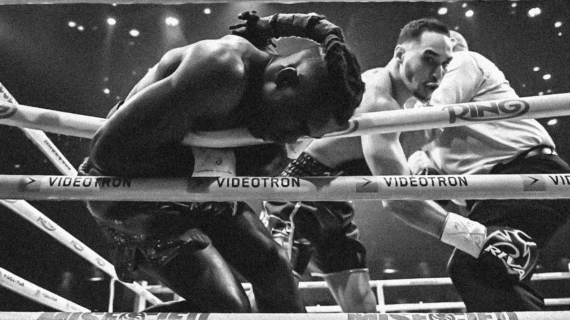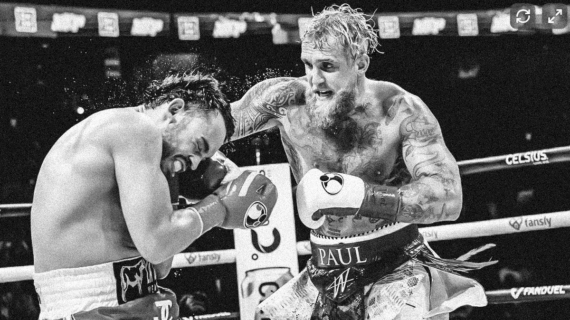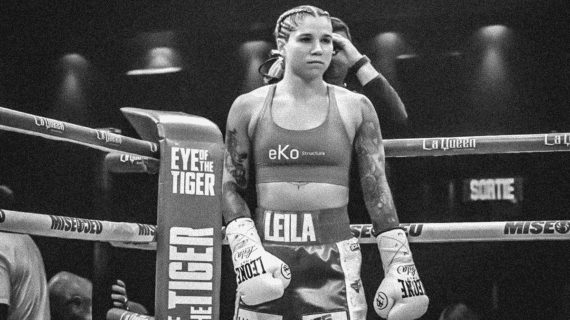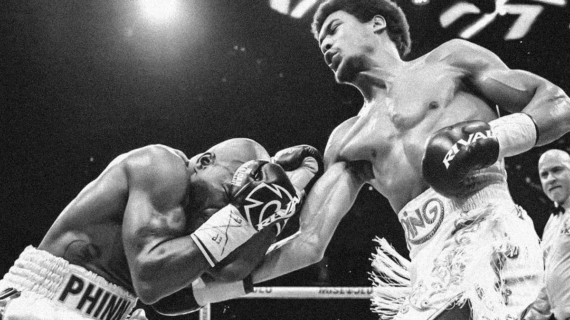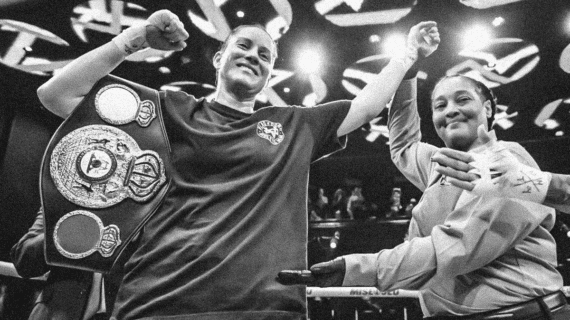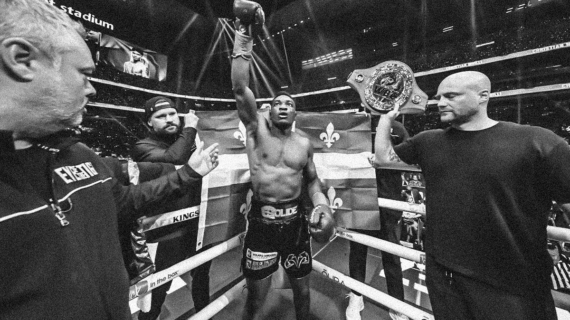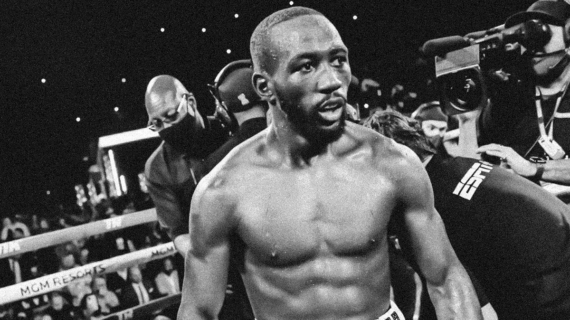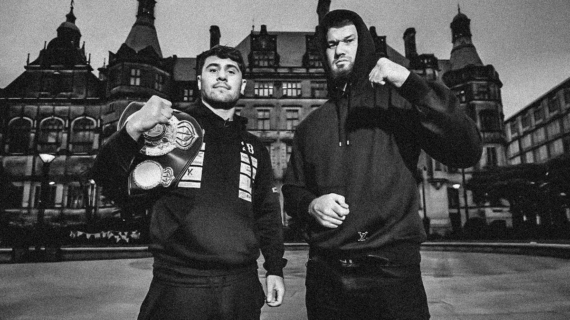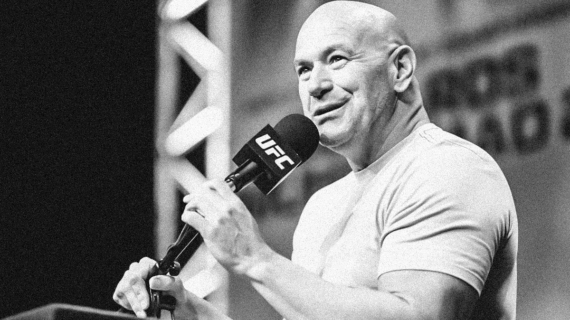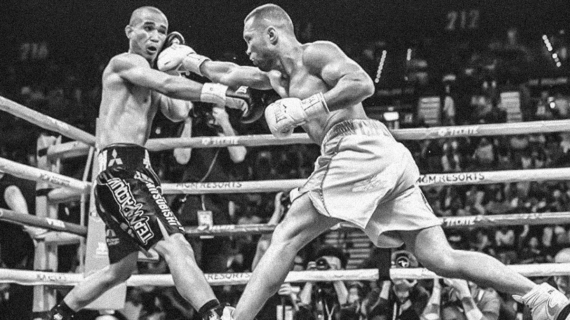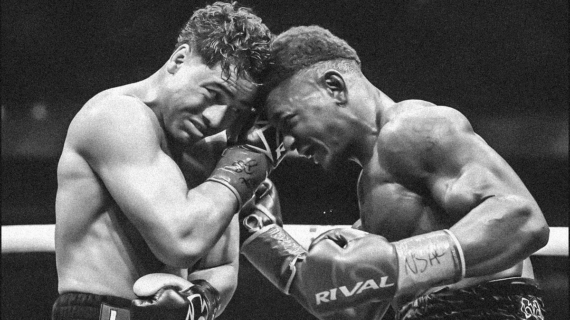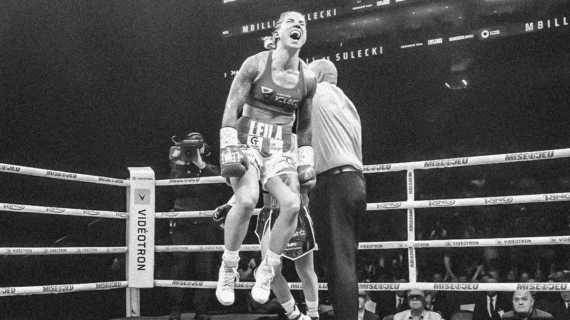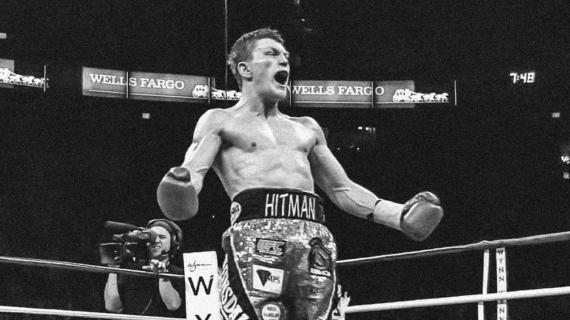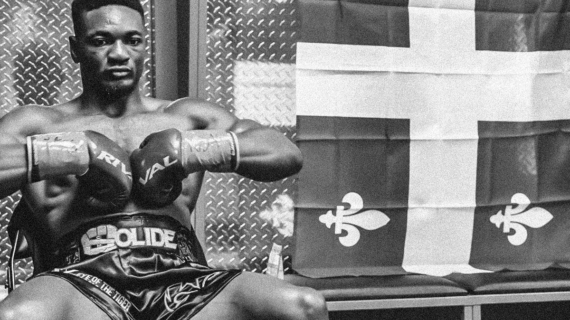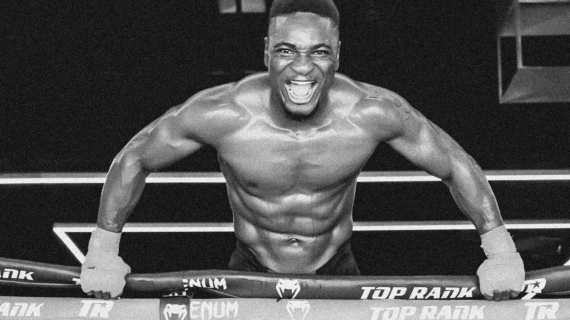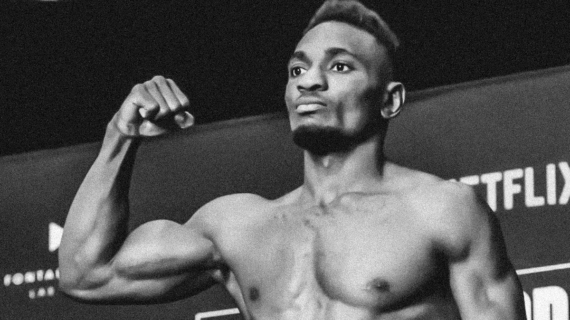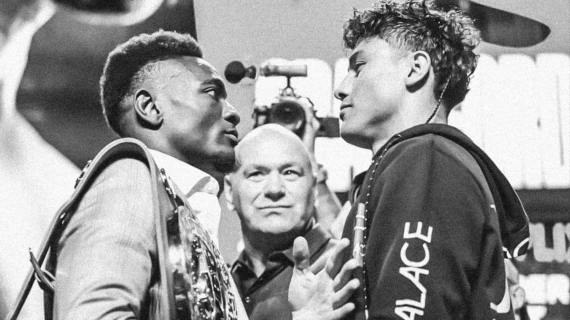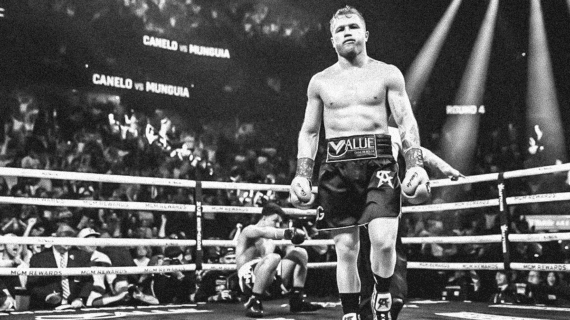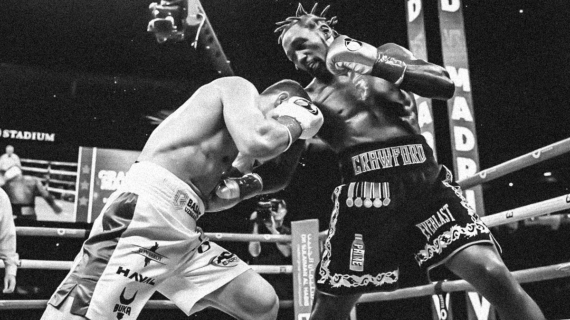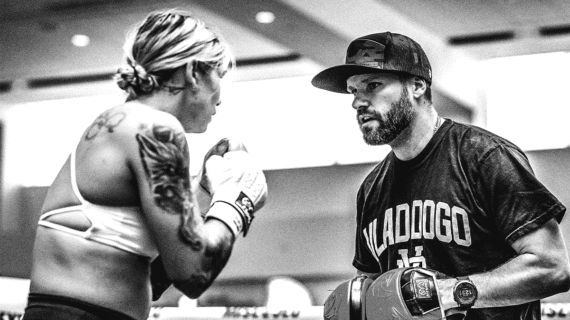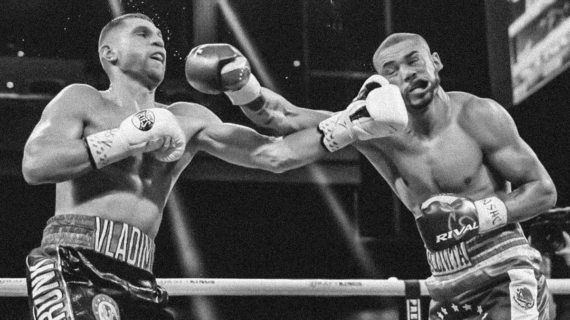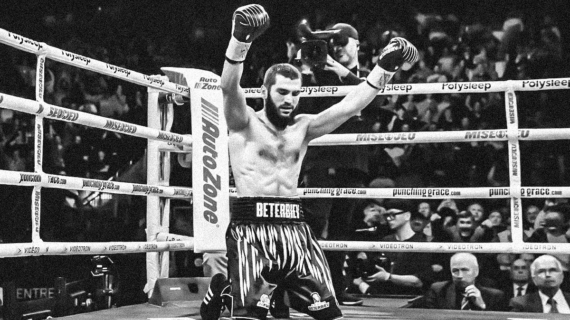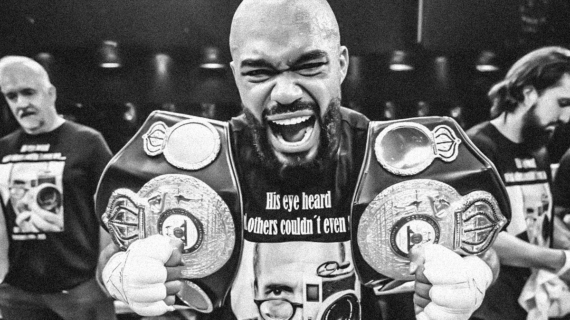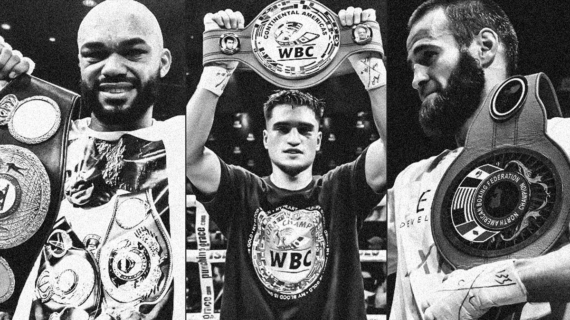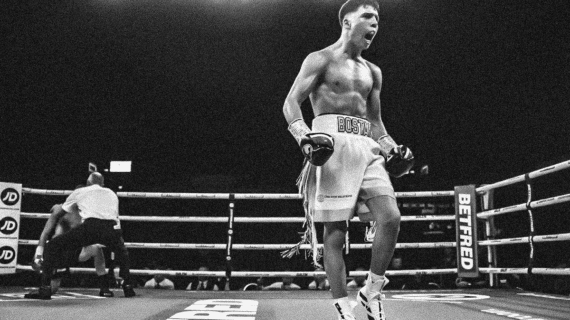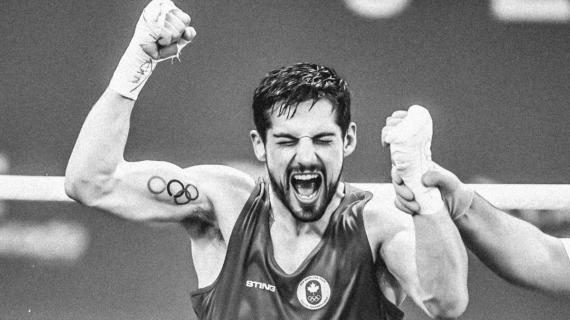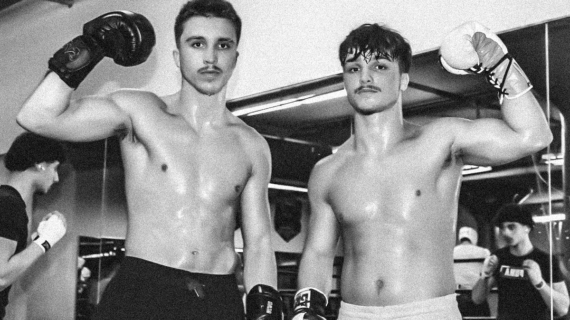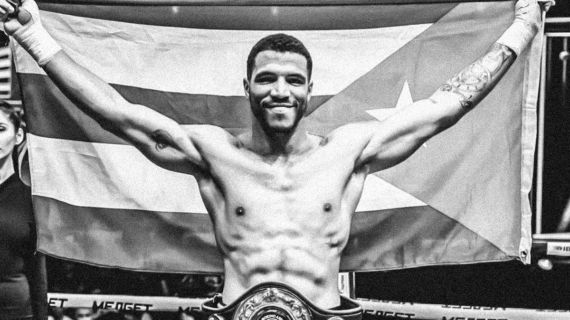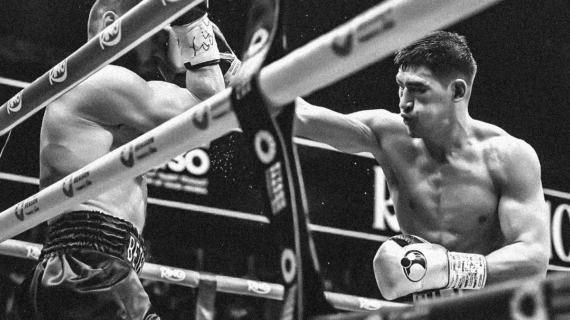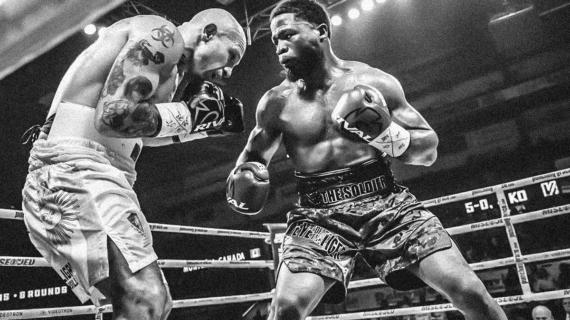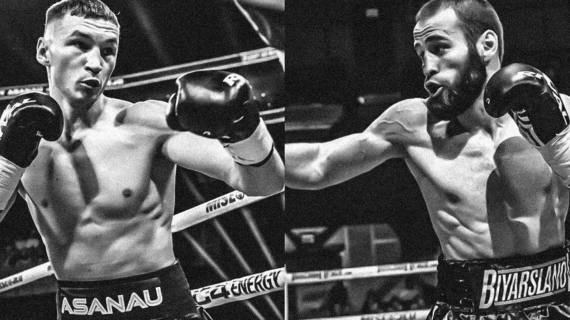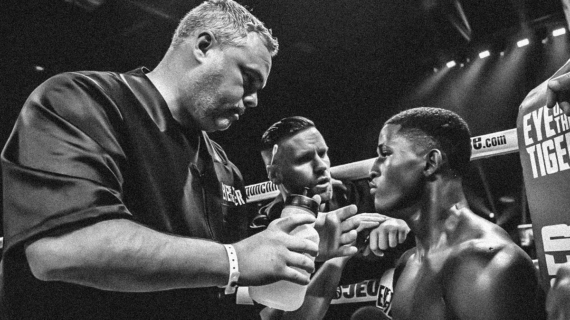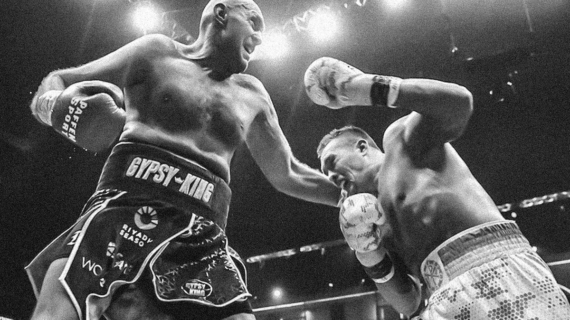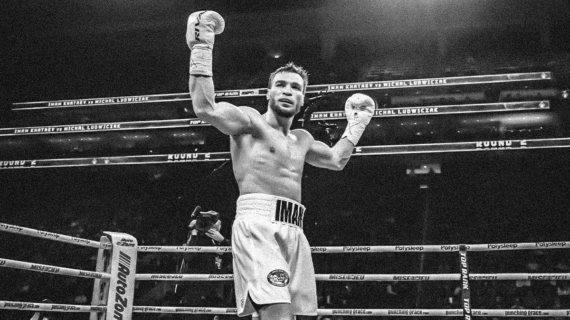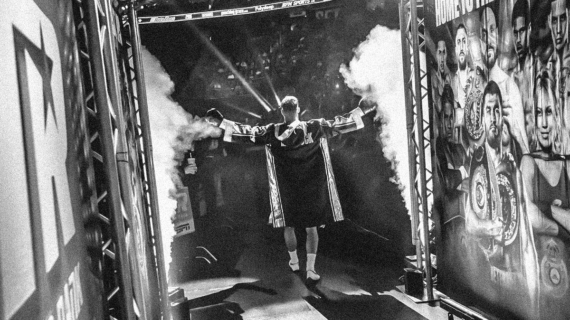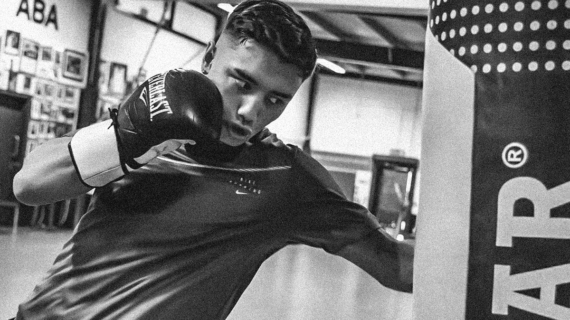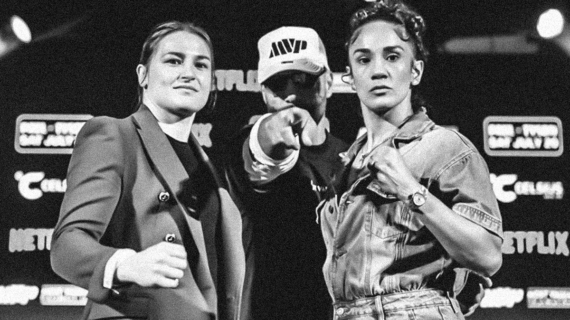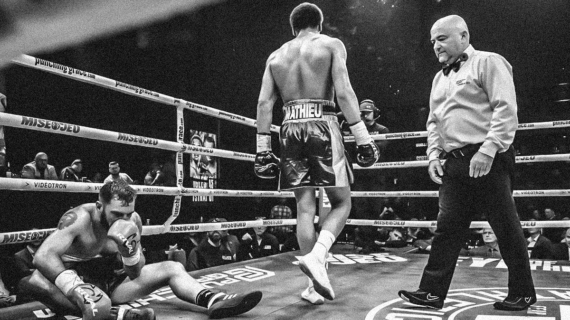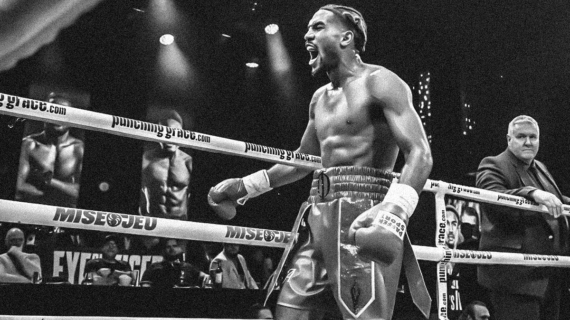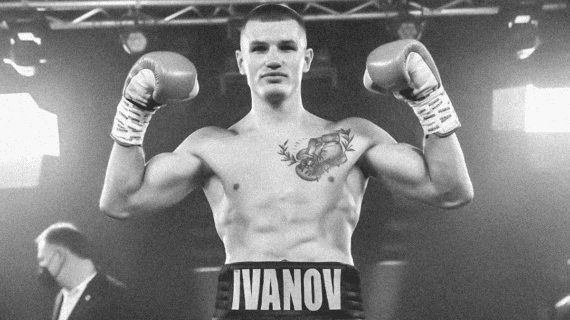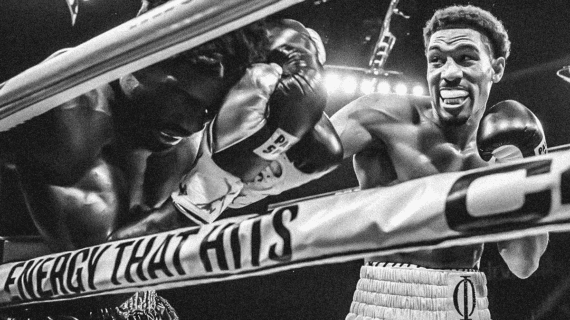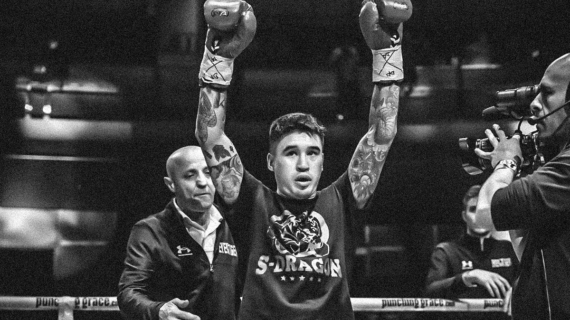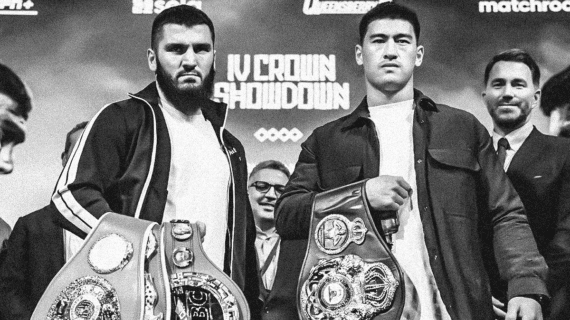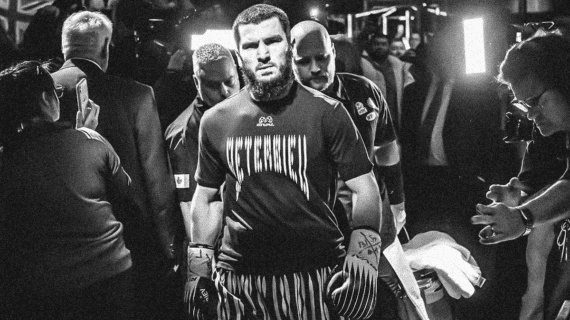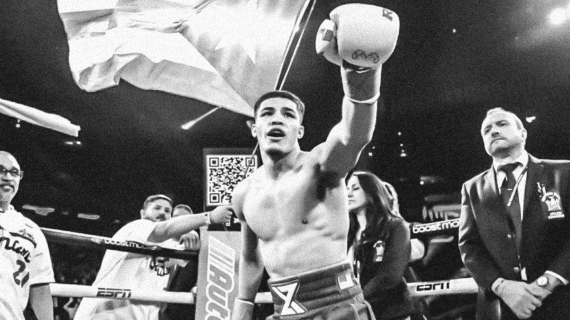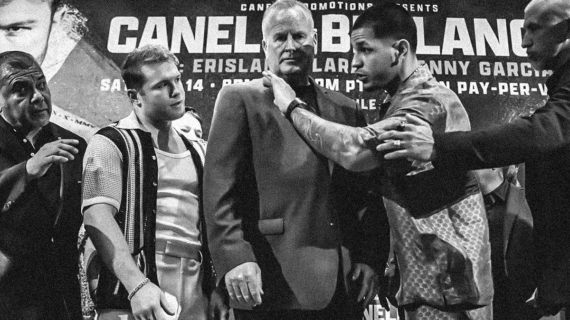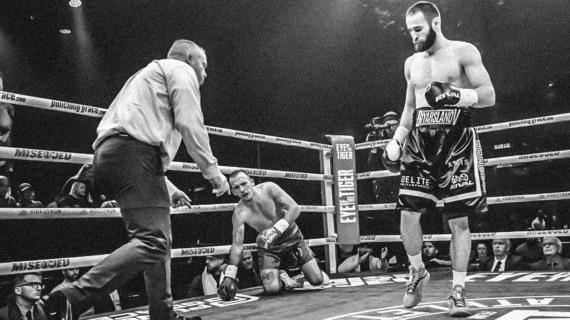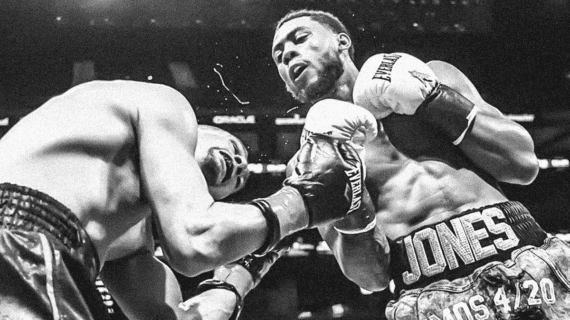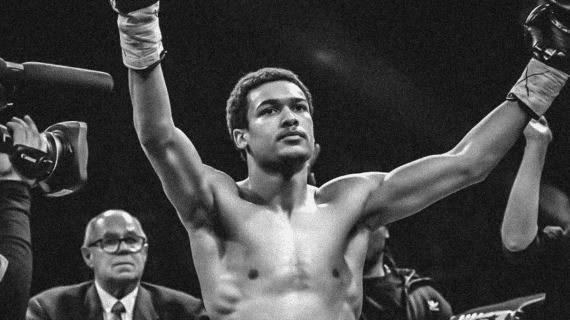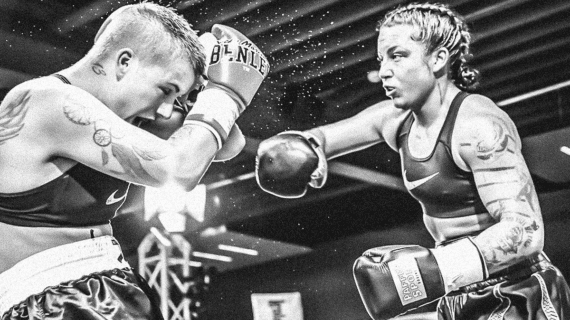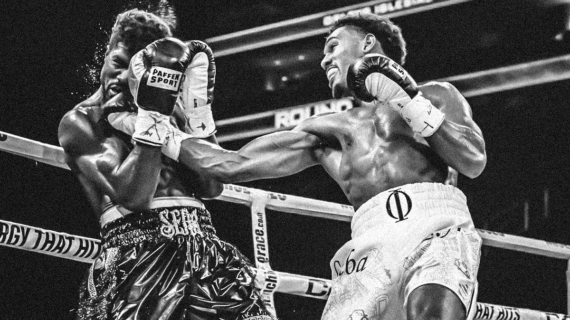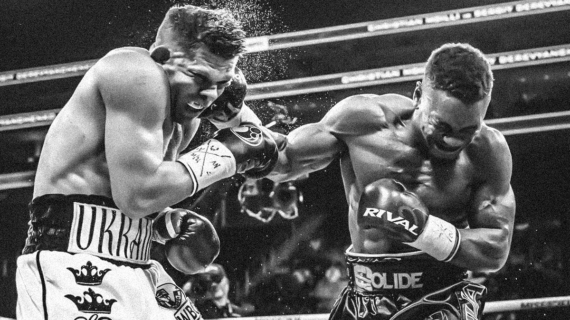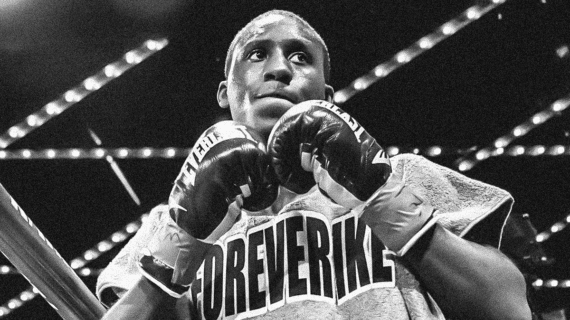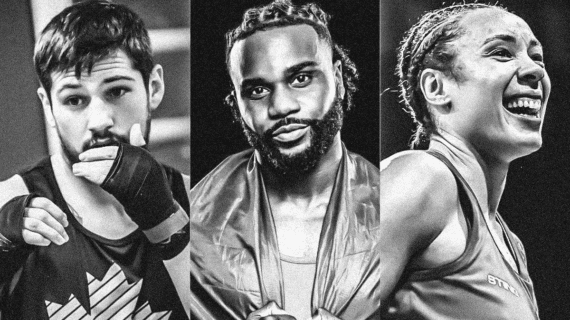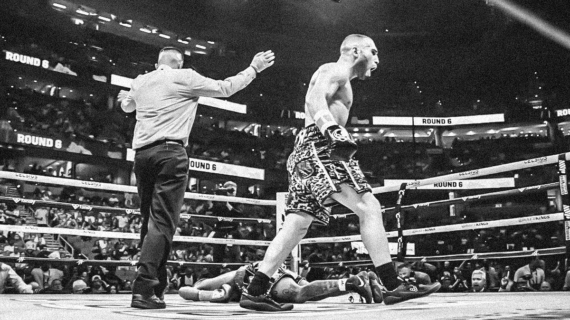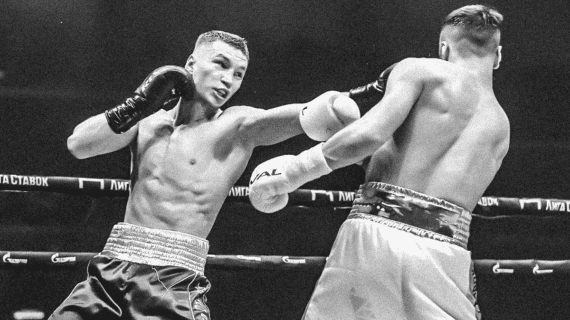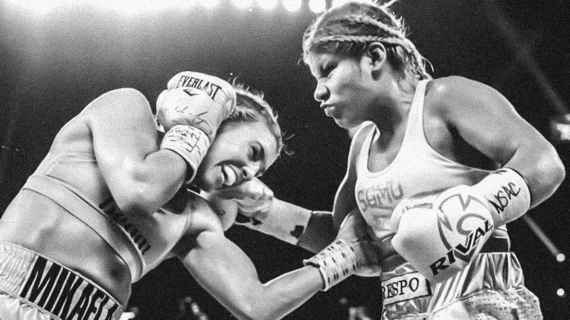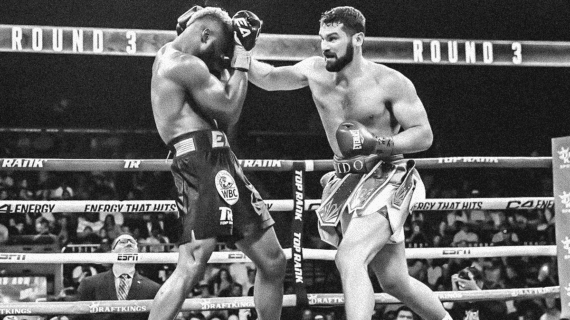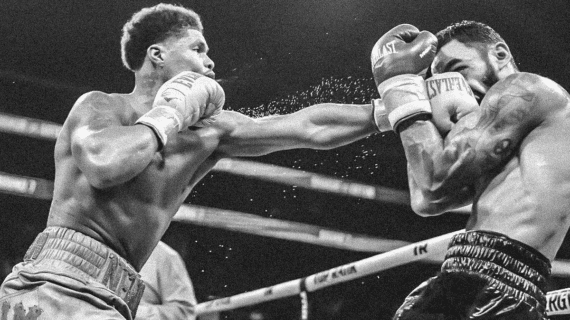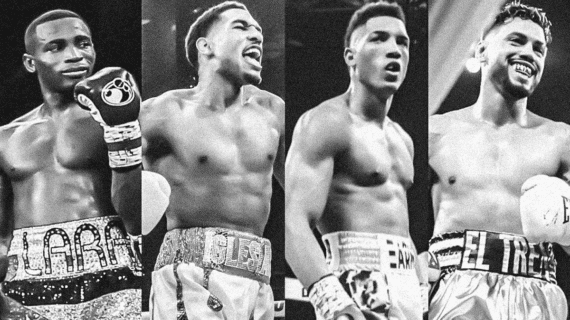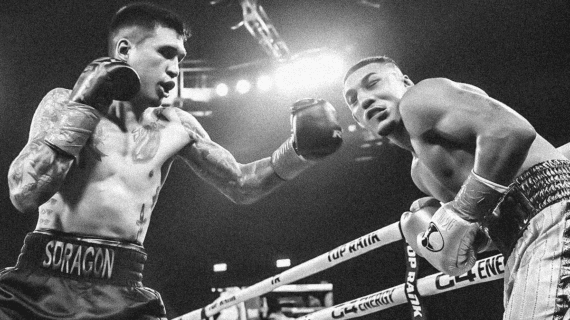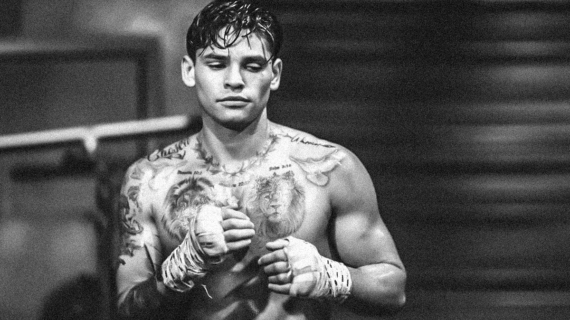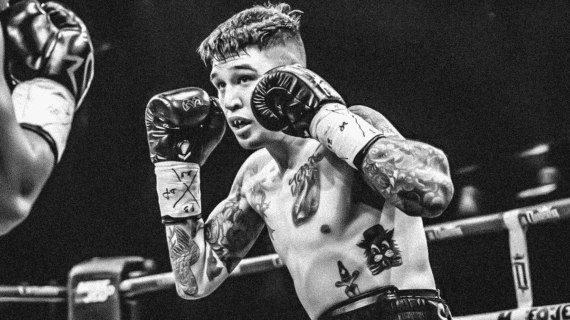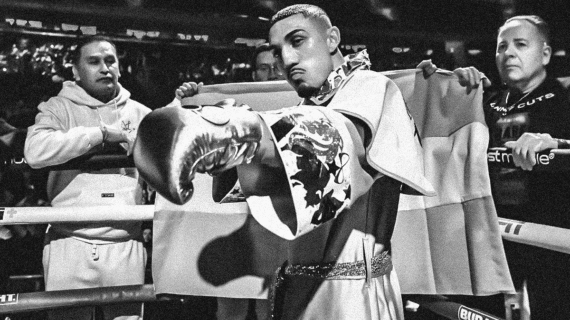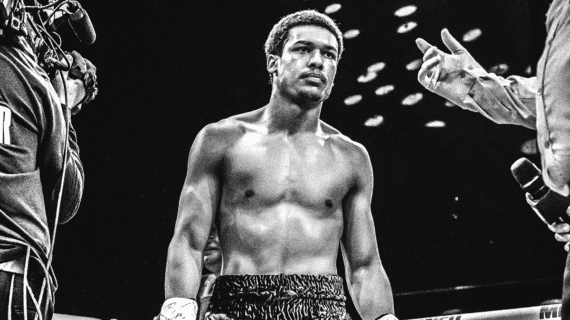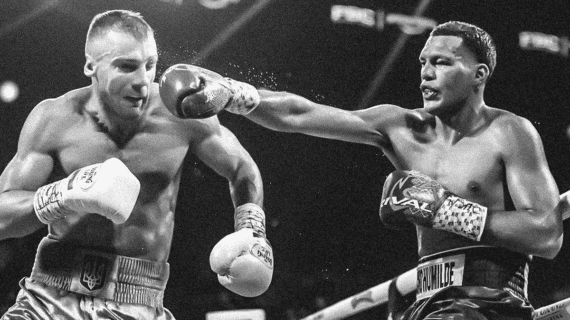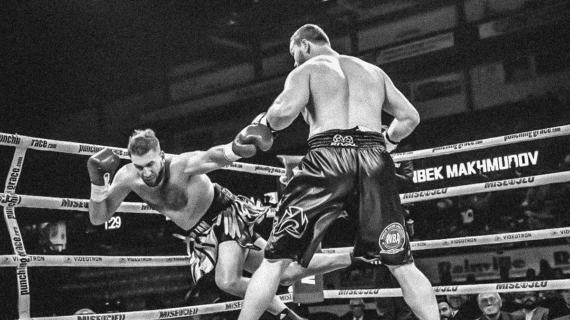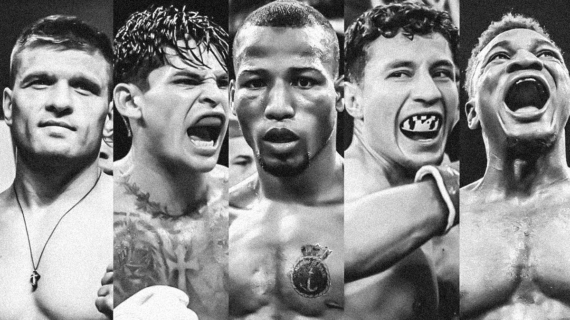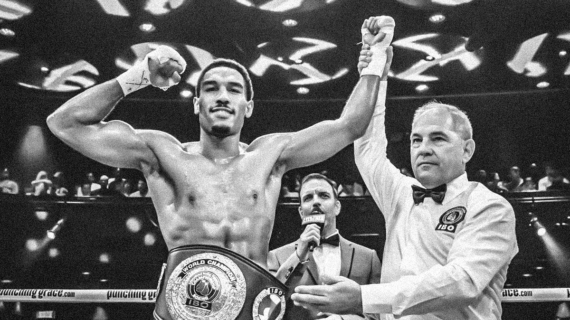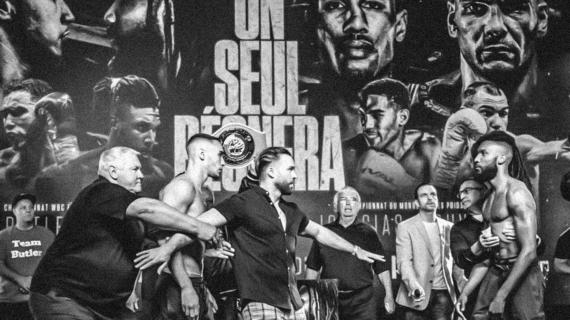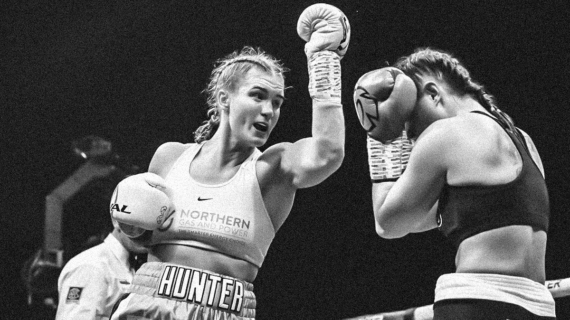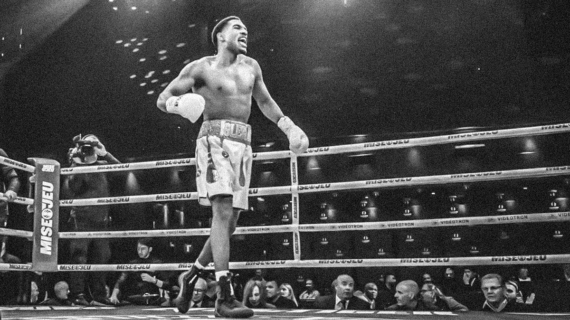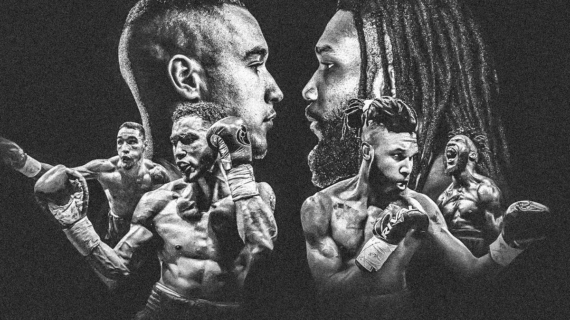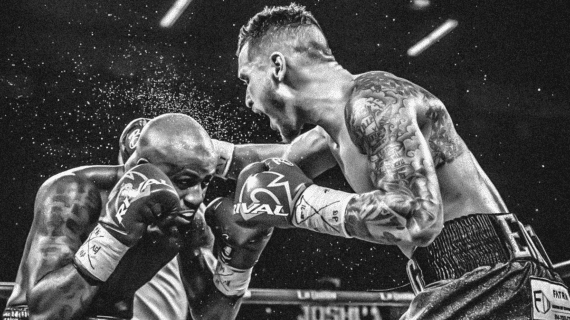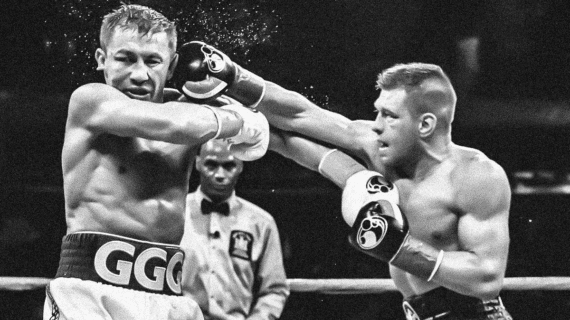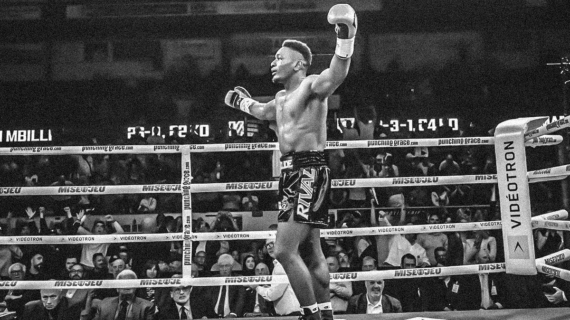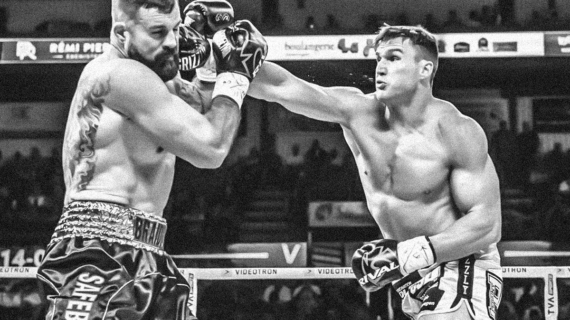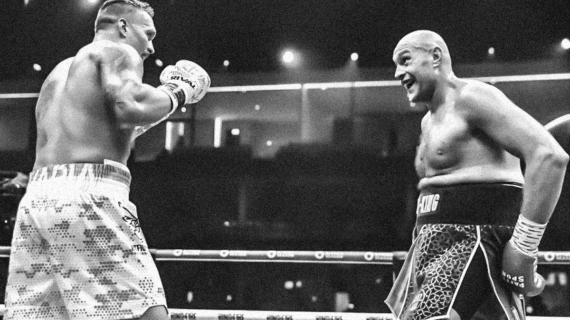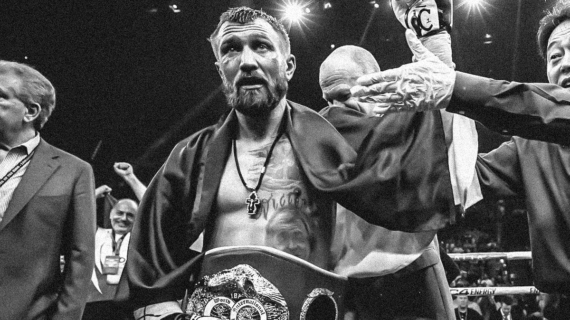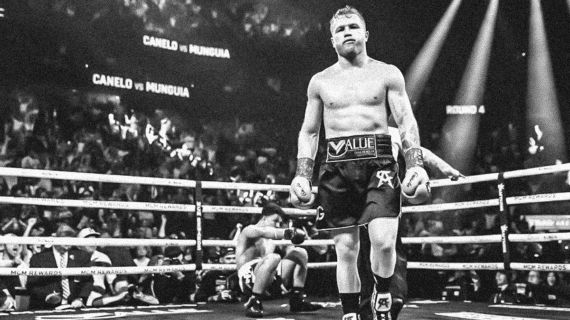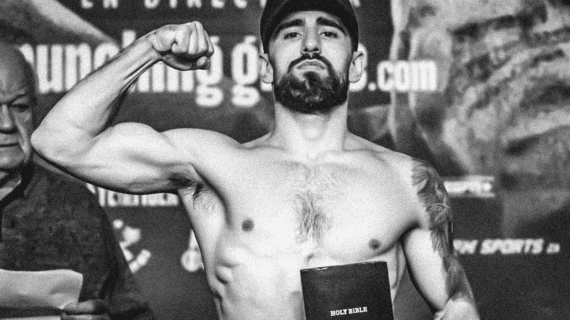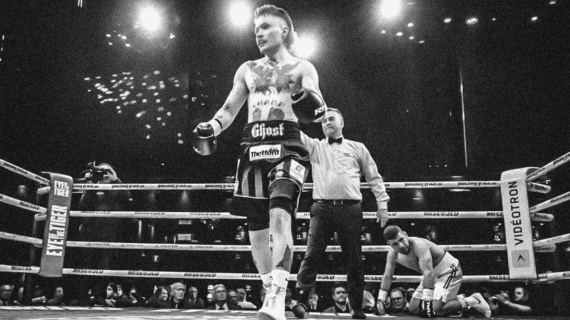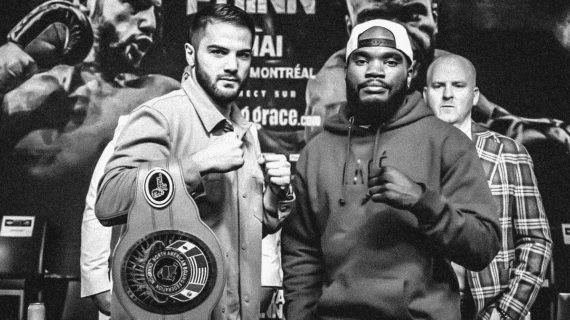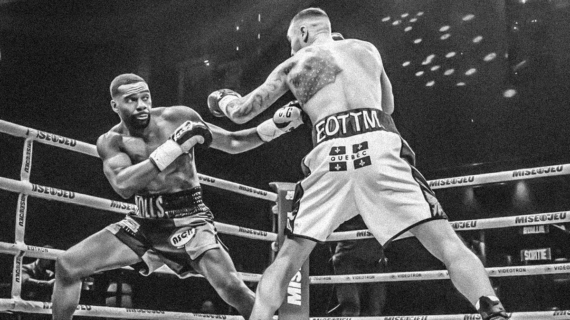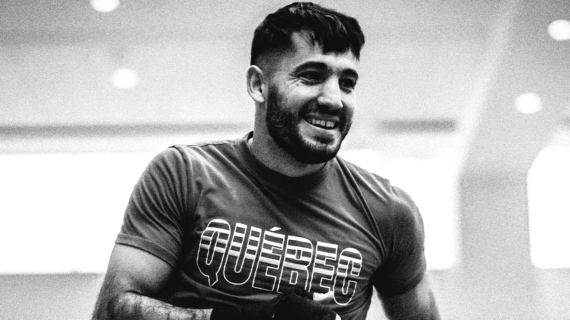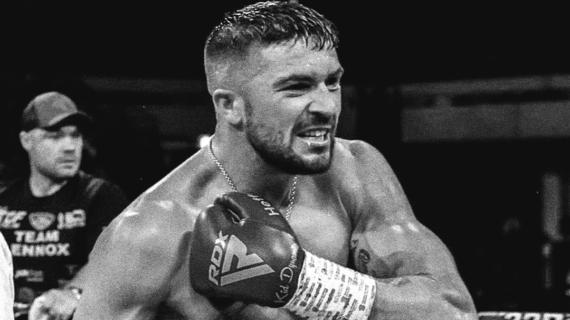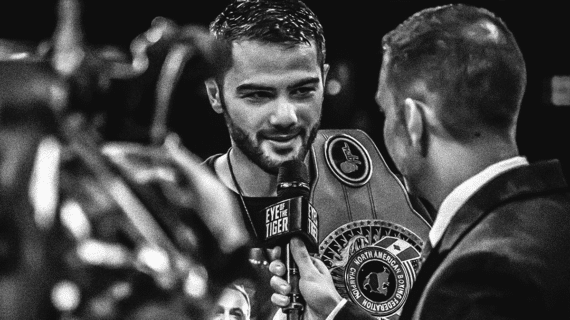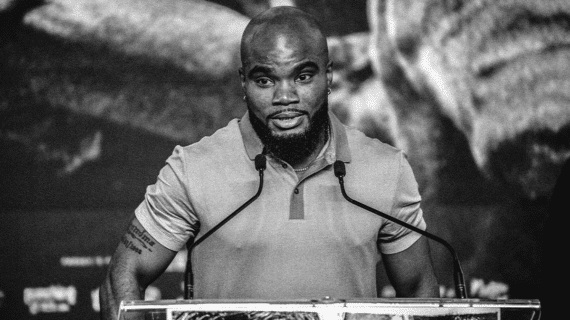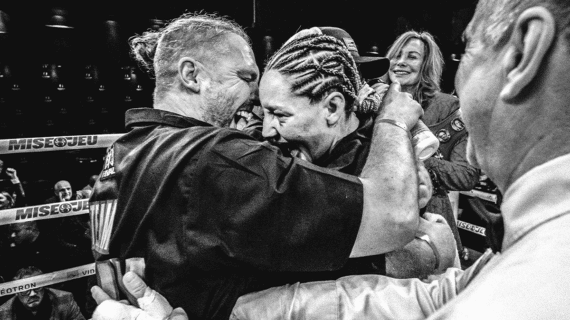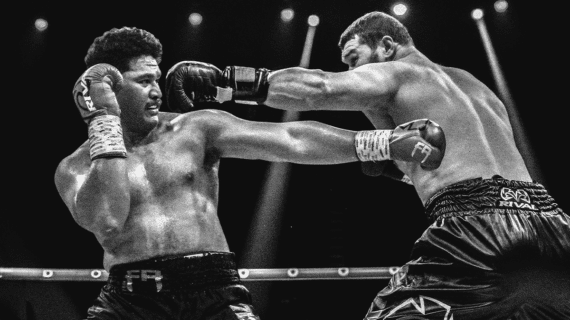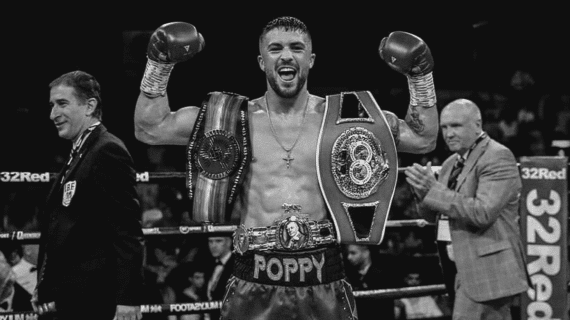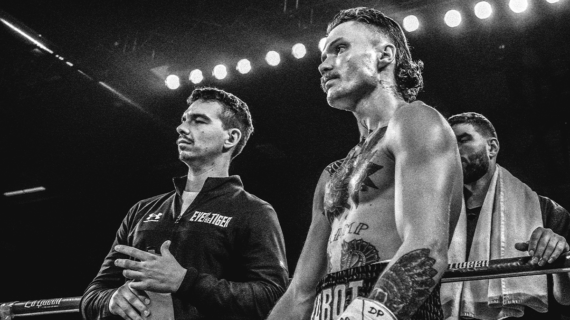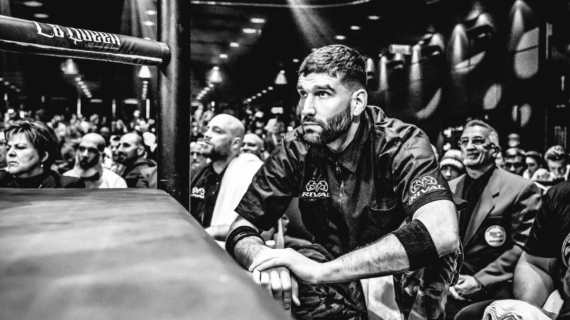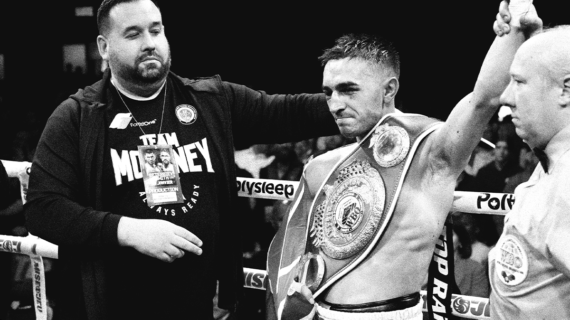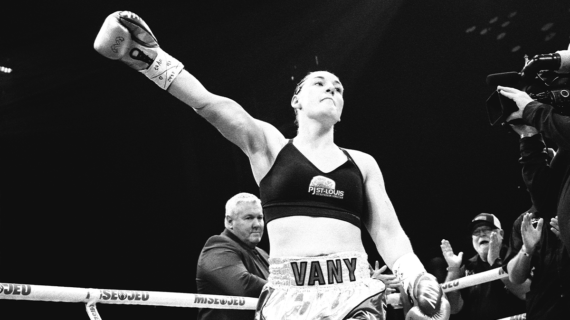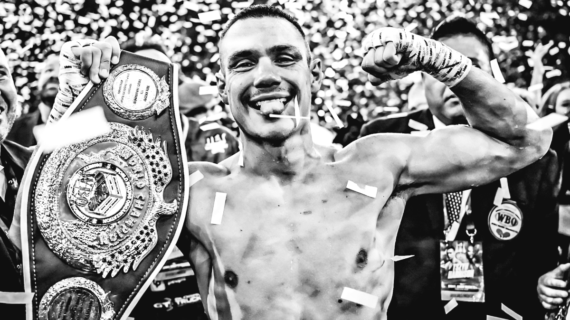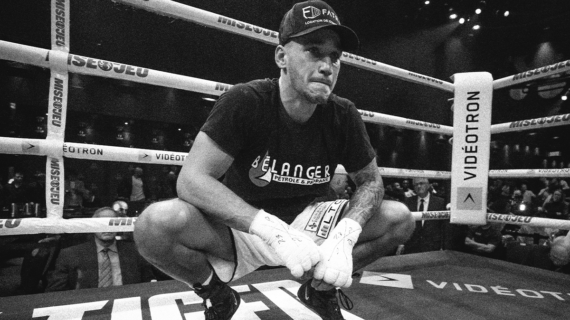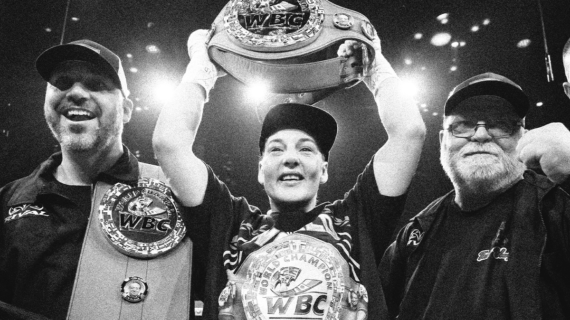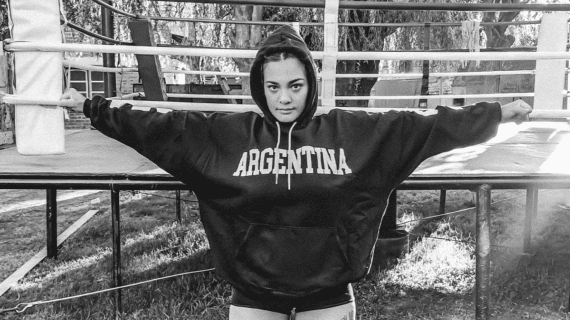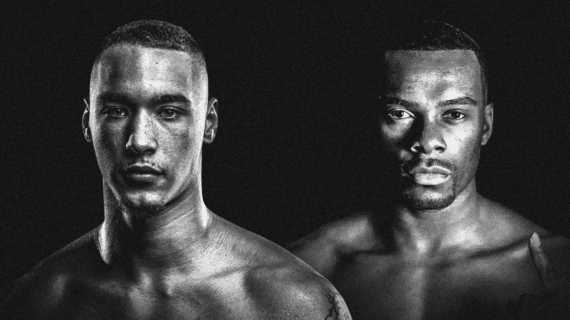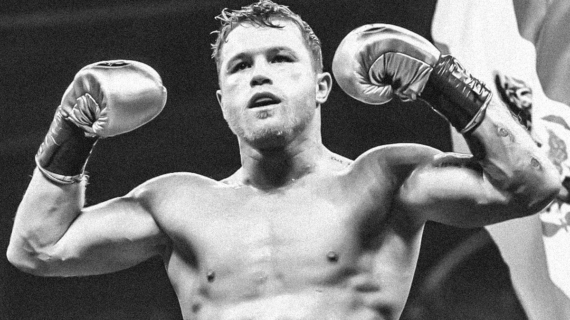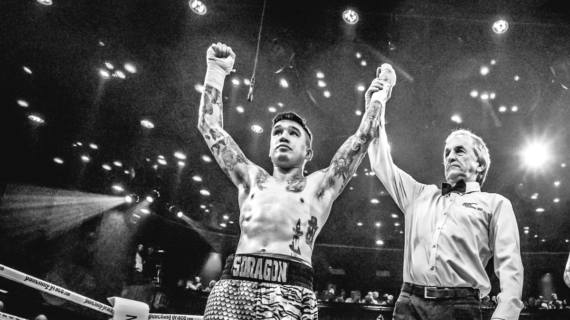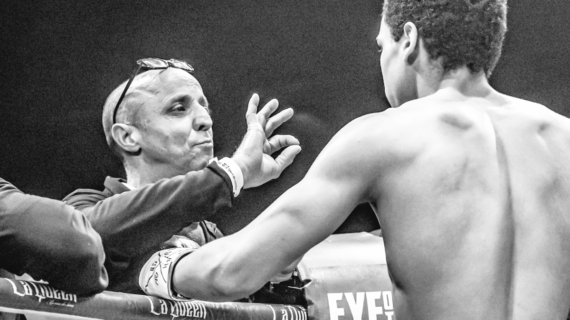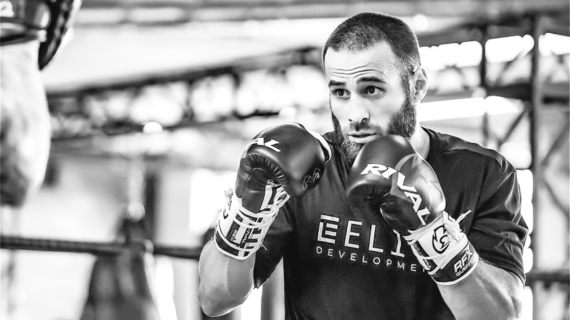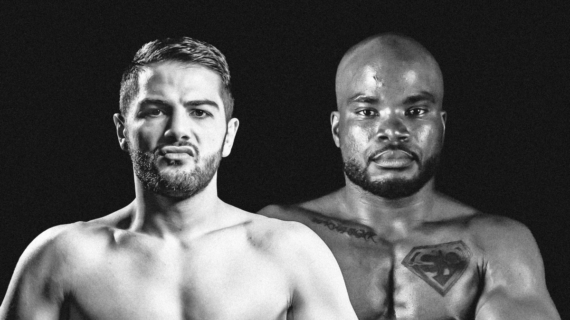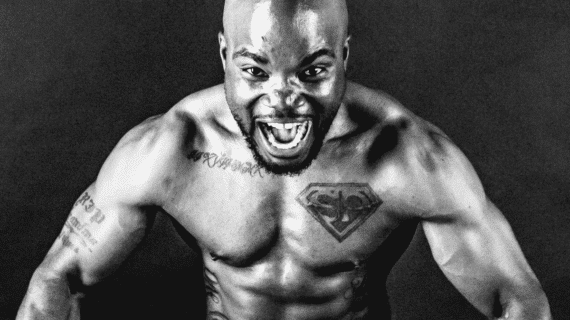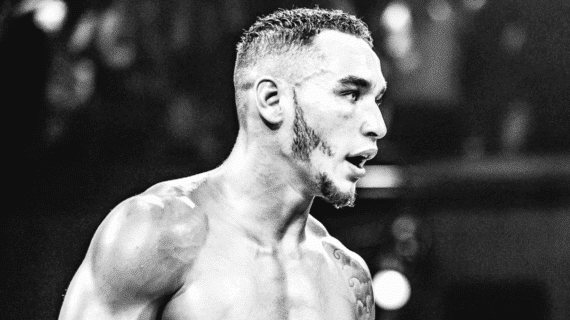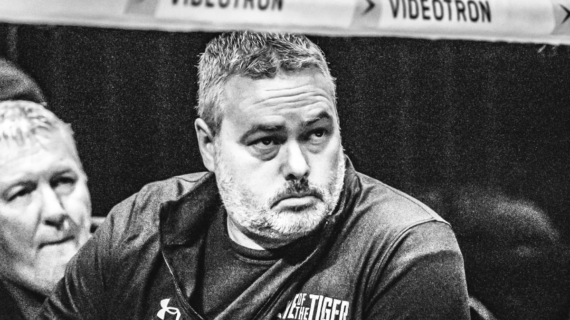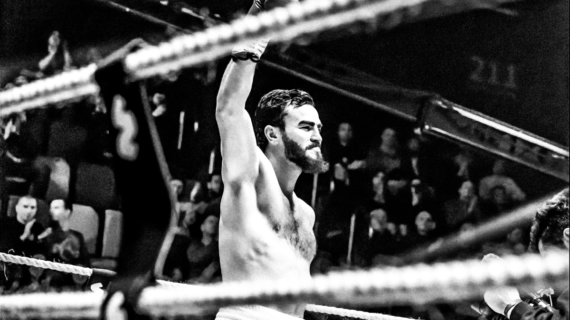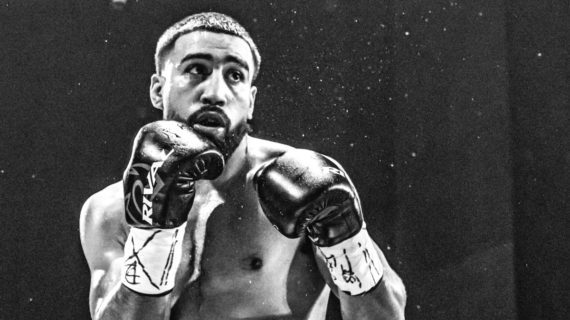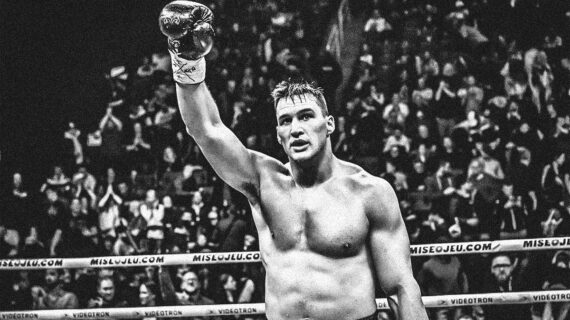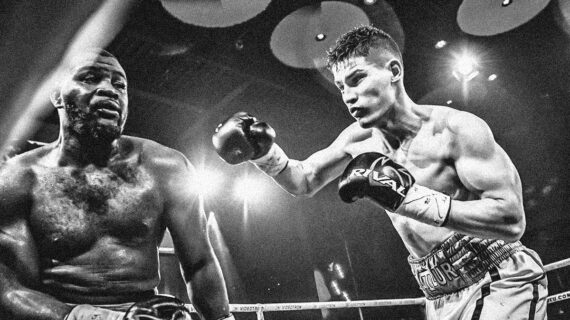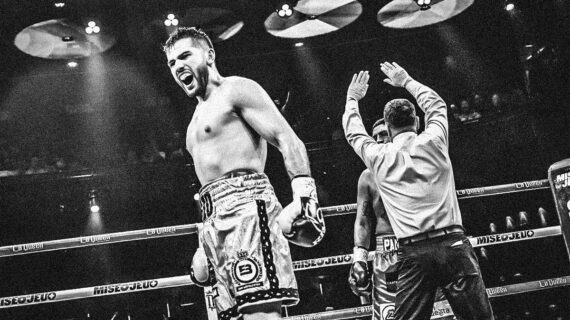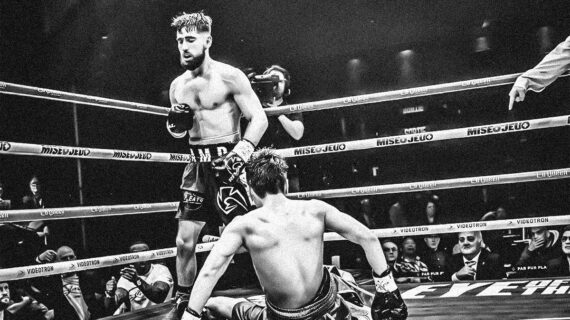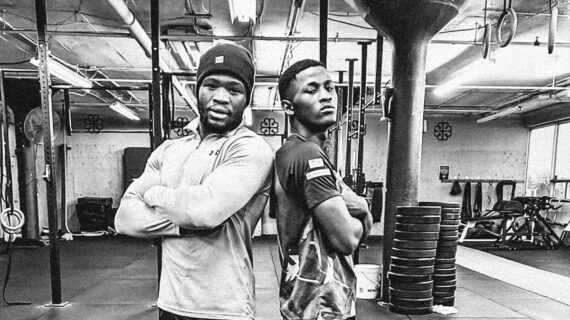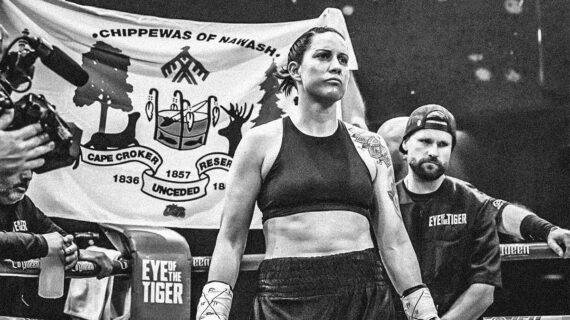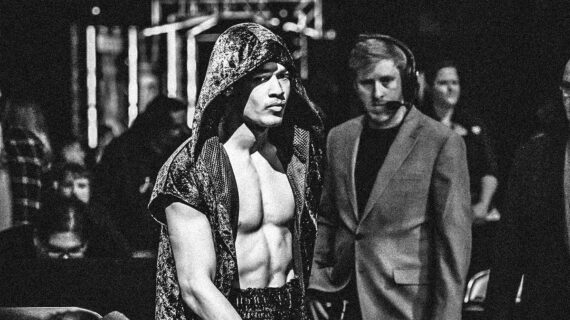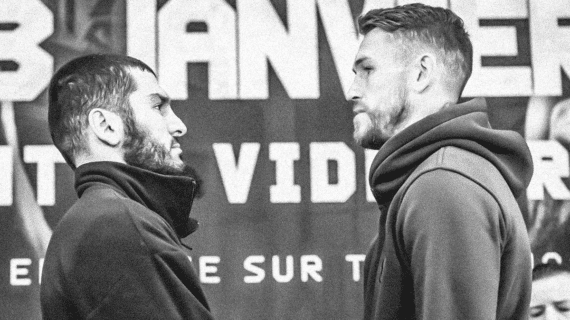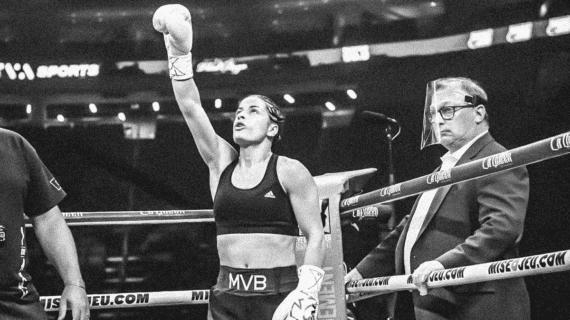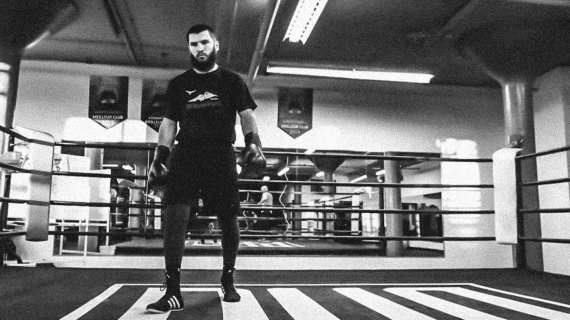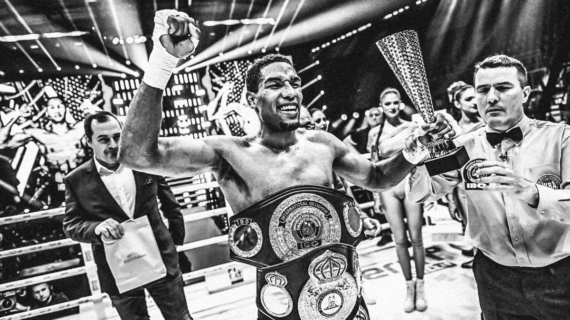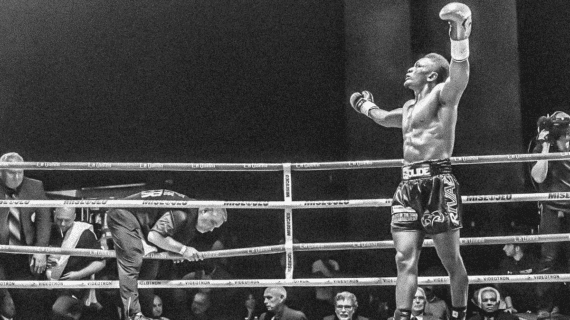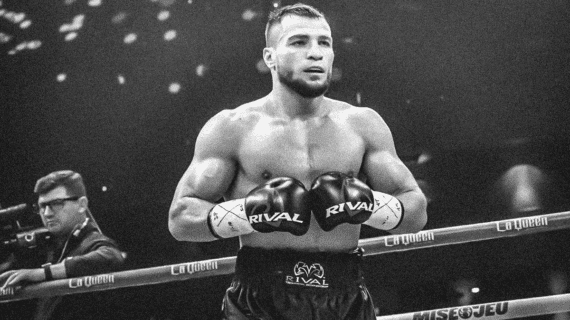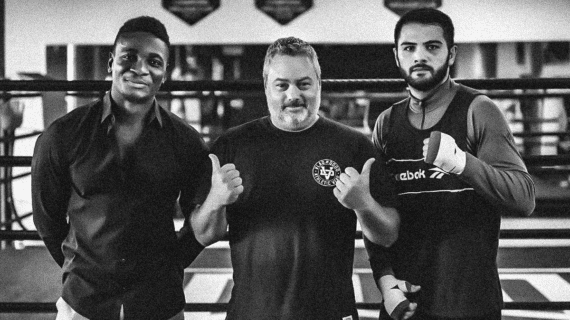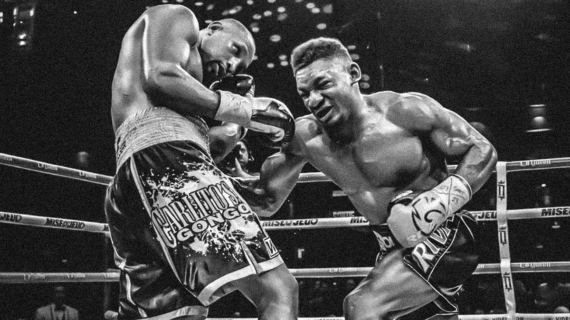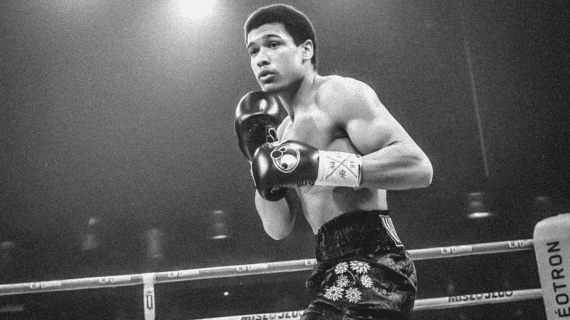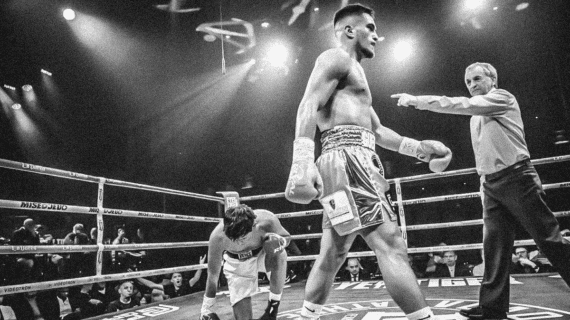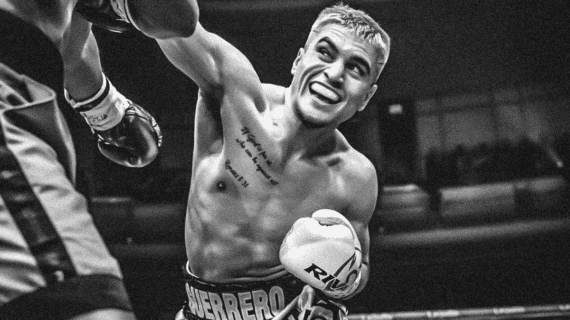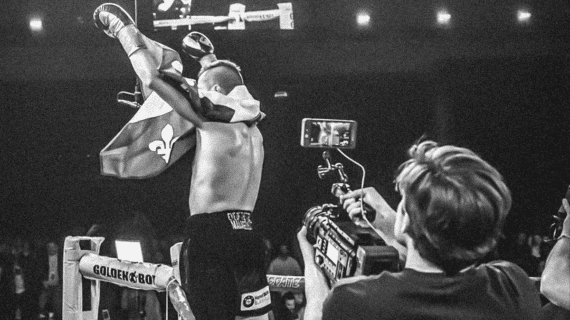Since the announcement of his fight against Anthony Joshua, a new wave of detractors claims that everything is already decided, that the bout will be “scripted” like a wrestling act, and that Jake Paul’s fights are nothing more than lucrative stage plays.
This text exists precisely to respond to those accusations, not to protect a celebrity, but to bring a bit of reality, technique, and experience back into a debate too often dominated by impressions and fantasies.
In modern boxing, few figures divide as much as Jake Paul. His meteoric rise, his massive influence, and his ability to turn every fight into a cultural phenomenon naturally fuel suspicion. That some people think his fights are arranged, I understand it. Sports history has been stained before, and money always attracts theories.
But after years in the corners, handling punches, cuts, faces that deform under impact, I’ll say it clearly: I don’t believe it. Call me naïve if you want, but my stance is based on the real mechanics of a fight, not on fantasy.

Photo: Sportsnet – Jake Paul
Fixing a fight today is almost impossible. You’d need the complicity of too many people: an opponent, his corner, a referee, a commission, sometimes even betting officials. The slightest suspicious gesture goes viral within minutes. And most importantly: a boxer who fakes it betrays his body. Videos can lie; biomechanics cannot.
When I analyze certain knockdowns in Paul’s fights, I don’t see acting or choreography. I see genuine neuromotor reactions.
When a shot reaches the brainstem, even slightly, the body responds with a micro-loss of tonic control: the legs stiffen, then give out. It’s not a “decision,” it’s a short circuit.
A fake, on the other hand, always lacks coherence:
– either the athlete collapses too “cleanly,”
– or he forgets visual disorientation,
– or the sequence doesn’t match the real timing of the punch.
A real knockdown can be read. The pupils flickering, the delayed reaction, the posture folding in on itself. These details — I see them from 30 centimeters away under the harsh lights of the ring. They can’t be faked.

Photo: Ministry of Sport – Jake Paul vs Mike Tyson
People often cite Mike Tyson as an argument, as if his name should override thirty years of wear and tear. But a nervous system ages.
Conduction speed decreases, proprioception worsens, shock tolerance isn’t the same. In a former champion, accumulated microtrauma makes balance more fragile than in a young, sharp athlete.
Seeing Tyson’s fall as a script rather than a simple physiological outcome is misunderstanding the reality of a body that has given everything for three decades.
But above all: fixing a fight is professional suicide. Athletic commissions don’t forgive. And history has proven it.
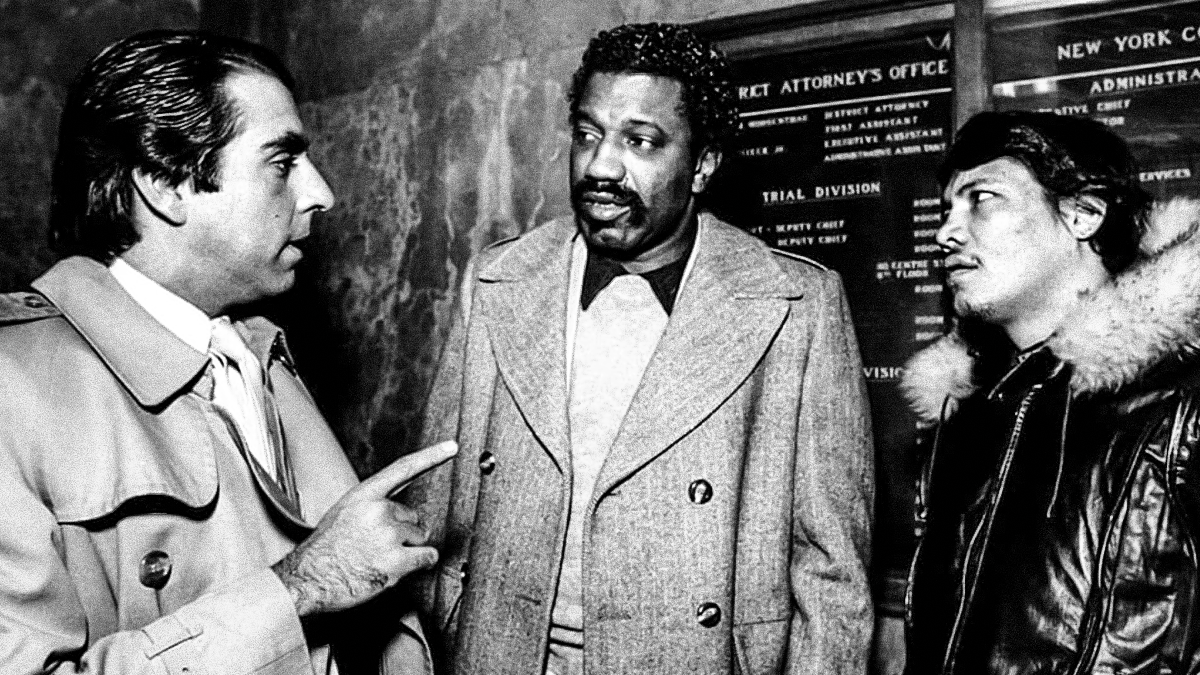
Photo: Facebook – Panama Lewis
1983: Luis Resto and Panama Lewis. Tampered gloves, bandages soaked in plaster. The result: a boxer left broken for life. Lewis banned, Resto jailed. An infamous case now taught to commissioners in training programs.
1950s–60s: Carbo and Palermo. The mafia controlled champions, bought fights, pulled the strings behind world titles. They ended up in prison for extortion. Today, no commission would let a quarter of that slide.
1990s: The attempted manipulation around Seldon–Ferguson. FBI investigation, suspensions, careers destroyed. Even without proof of a fully fixed fight, the damage was irreversible.
2000s: Promoter Ilya Grad. Attempts to “buy” performances to influence betting. Sanctions, bans, reputation annihilated.
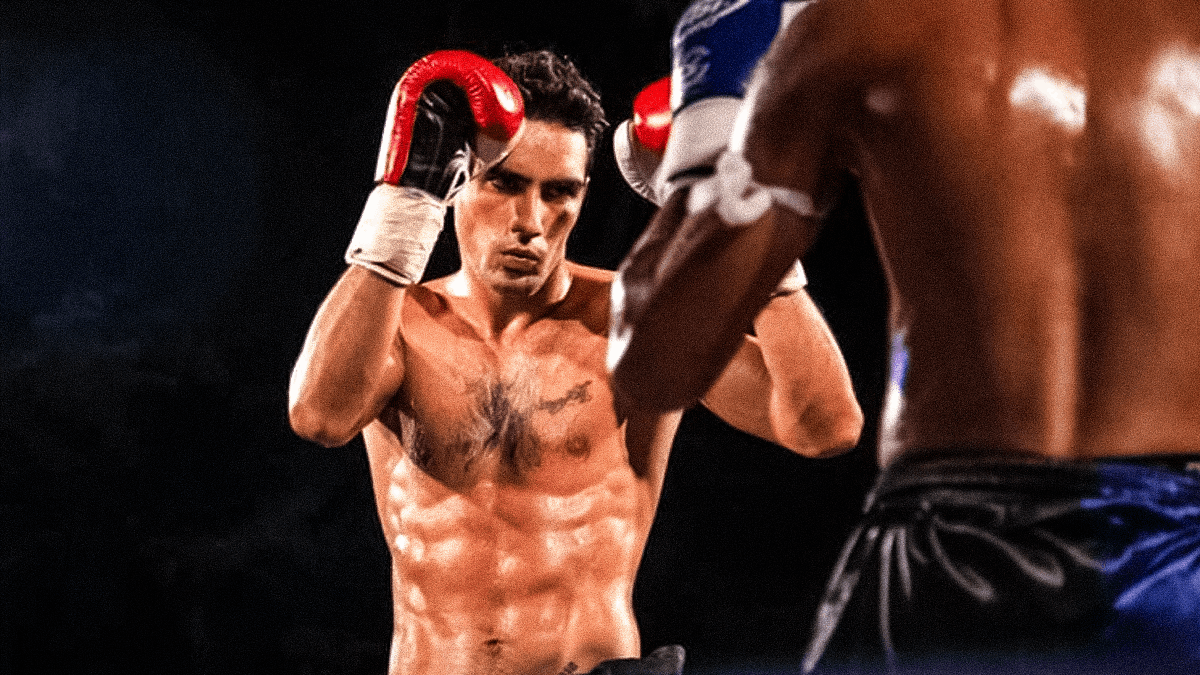
Photo: Facebook – Ilya Grad
All these scandals show one thing:
cheating always blows up, and it destroys everything in its path.
So yes, doubt lingers. Because boxing fires up the imagination, because an influencer knocking down seasoned fighters bothers people, because we search for spectacular explanations for results that surprise us.
But despite the whispers, despite the TikTok clips analyzed frame by frame, I still maintain:
I do not believe Jake Paul’s fights are fixed.
And if they were, the signs, physical, technical, institutional, would already be visible.
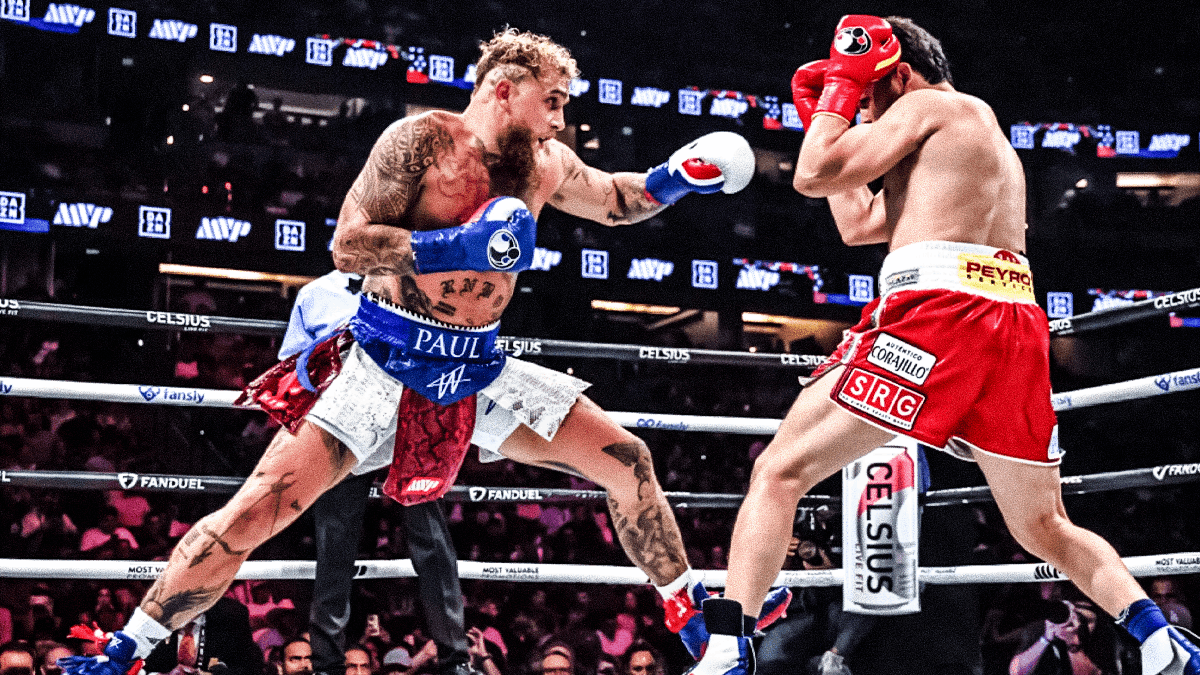
Photo: CBC News – Jake Paul vs Julio Cesar Chavez Jr
And whether we like it or not, here’s the reality: no matter what people say, Jake Paul will once again fill a massive arena, be broadcast into millions of homes, and give a dozen fighters the chance to perform on the biggest stage possible. This isn’t pro wrestling where everything is choreographed, where scripts repeat, and risks are calculated. This is boxing, a sport where every punch lands, every mistake costs, and every round leaves a mark on the body. You can dispute his place, debate his influence, criticize his persona. But what happens in the ring, under the lights and in front of the cameras, remains a real fight. And that, no one can fake.
